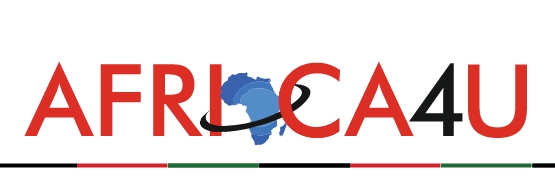( 3 minutes read)
USD 1 billion is getting released from the World Bank at a time when the southern African country is experiencing power cuts that are affecting the dynamism of its economy. This crisis is partly due to Eskom’s dilapidated state-owned power stations. The loan, granted with the support of Germany and Canada, will support the transition to renewable energies.
The World Bank’s financing is crucial for South Africa, as it will provide vital fiscal and technical support, enabling us to pursue our policy priorities in the energy sector, in particular by alleviating the electricity crisis in the long term, stimulating private sector involvement and creating jobs in the renewable energy sector, explains Mmakgoshi Lekhethe, the Director General in charge of Asset and Liability Management at the National Treasury of South Africa.
The World Bank is providing this $1 billion loan to the South African government with the support of the African Development Bank (AfDB), the German Development Bank (KfW) and the Canadian government. The operation is accompanied by a request for reforms, in particular, “the restructuring of the electricity sector through the separation of the electricity company Eskom”, according to the World Bank.
The financing also aims to open up the South African electricity sector, by redirecting its resources towards investments in transmission and the maintenance of existing power stations. At the same time, the aim is to encourage the transition to renewable energies, by giving an even greater role to the private sector. In recent years, South Africa has launched several initiatives to attract private investment in renewable energies.
Most of the solar and wind farms built in South Africa in recent years are part of the Renewable Energy Independent Power Producer Programme (REIPPP). Thanks to independent power producers (IPPs) investments, the share of renewable energies in South Africa’s electricity mix is gradually increasing. The country currently has 5,100 MW of installed wind and solar capacity, out of a total installed capacity of more than 58,000 MW, according to Power Africa.
Read Also:
https://trendsnafrica.com/sa-banks-to-raise-usd-1-billion-for-energy-transition/
https://trendsnafrica.com/afc-and-jbic-signs-an-agreement-on-financing-energy-transition-in-africa/
But everything remains to be done in terms of energy transition in the country, which depends on coal for more than 80% of its electricity production. As a result, South Africa is rightly regarded as the biggest polluter on the African continent. The cost of its energy transition is estimated at 97 billion dollars, which will have to be mobilised over the next few.





